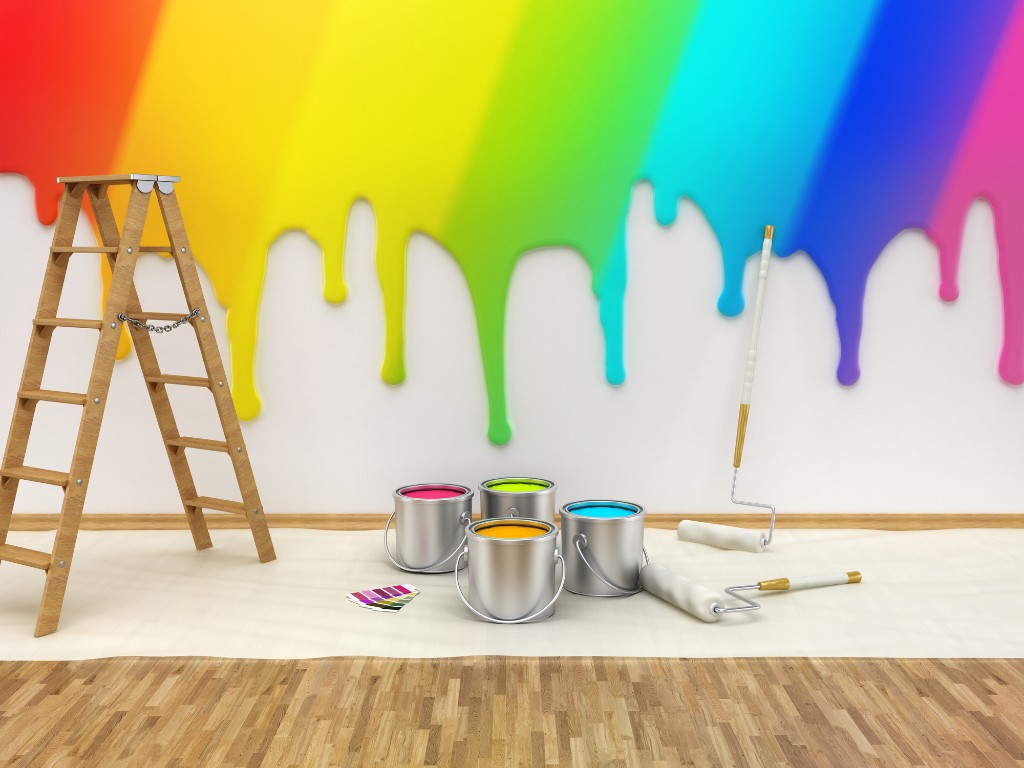
Are you considering painting your home’s interior, but unsure of what color to choose? You’re not alone. In fact, color is one of the most important decisions a homeowner can make when it comes to decorating their space. And while there are many factors to consider when making this decision, the psychology of colors is one that should not be overlooked. So, before you pick up a paint brush, read on to learn more about the effects different colors can have on your mood and mindset.
When it comes to the psychology of colors, there are several things to consider. The first is what color you want your space to be. This can depend on a variety of factors, such as your mood, the season, or the time of day. For example, if you’re looking for a calming atmosphere, you may want to choose light blues or greens. These colors are known to have a soothing effect and can help create a relaxed environment. On the other hand, if you’re looking to add some energy to your space, bright oranges and reds can be a great option. These colors are known to stimulate the mind and promote productivity.
Another thing to consider when choosing a paint color is the size and layout of your space. Lighter colors can help make a room feel larger, while darker colors can help make a room feel cozier. Additionally, if you have a lot of windows or natural light in your space, you may want to choose a lighter color to avoid feeling too bright or overwhelming.
When it comes to color, there’s a lot of psychology at play. Different colors can evoke different emotions and reactions in people. For example, red is often associated with excitement and passion. This is why it’s often used as a power color in branding and marketing. It can make people feel energized and motivated.
Blue, on the other hand, is often associated with calm and serenity. It’s a popular color for bedrooms and bathrooms because it can help people relax and feel at ease.
Knowing how colors can affect people’s emotions and reactions can be helpful when you’re choosing paint colors for your home. You may want to choose colors that match your personality or the mood you want to create in your home.
If you’re not sure which colors to choose, you can always use a color wheel to help you. A color wheel is a tool that shows the relationships between different colors. It can help you see how different colors can be complementary (or opposites) of each other.
For example, if you want to create a warm and inviting atmosphere in your home, you may want to use colors like orange and yellow. These colors are located on the opposite side of the color wheel from blue, so they can help create a cozy and comfortable feeling.
If you want to use a color that isn’t on the wheel, you can always use a color wheel as a guide. Just find the color you want to use on the wheel, and then find the colors that are closest to it. These colors will be complementary of each other.
Knowing how to use color psychology can help you create the perfect atmosphere in your home. So don’t be afraid to experiment with different colors and see what works best for you.
Ultimately, the psychology of colors is a complex subject with many factors to consider. But by keeping these things in mind, you can choose a paint color that will best suit your needs and mood. So, whether you’re looking to relax or energize your space, there’s a color for that. Happy painting!
